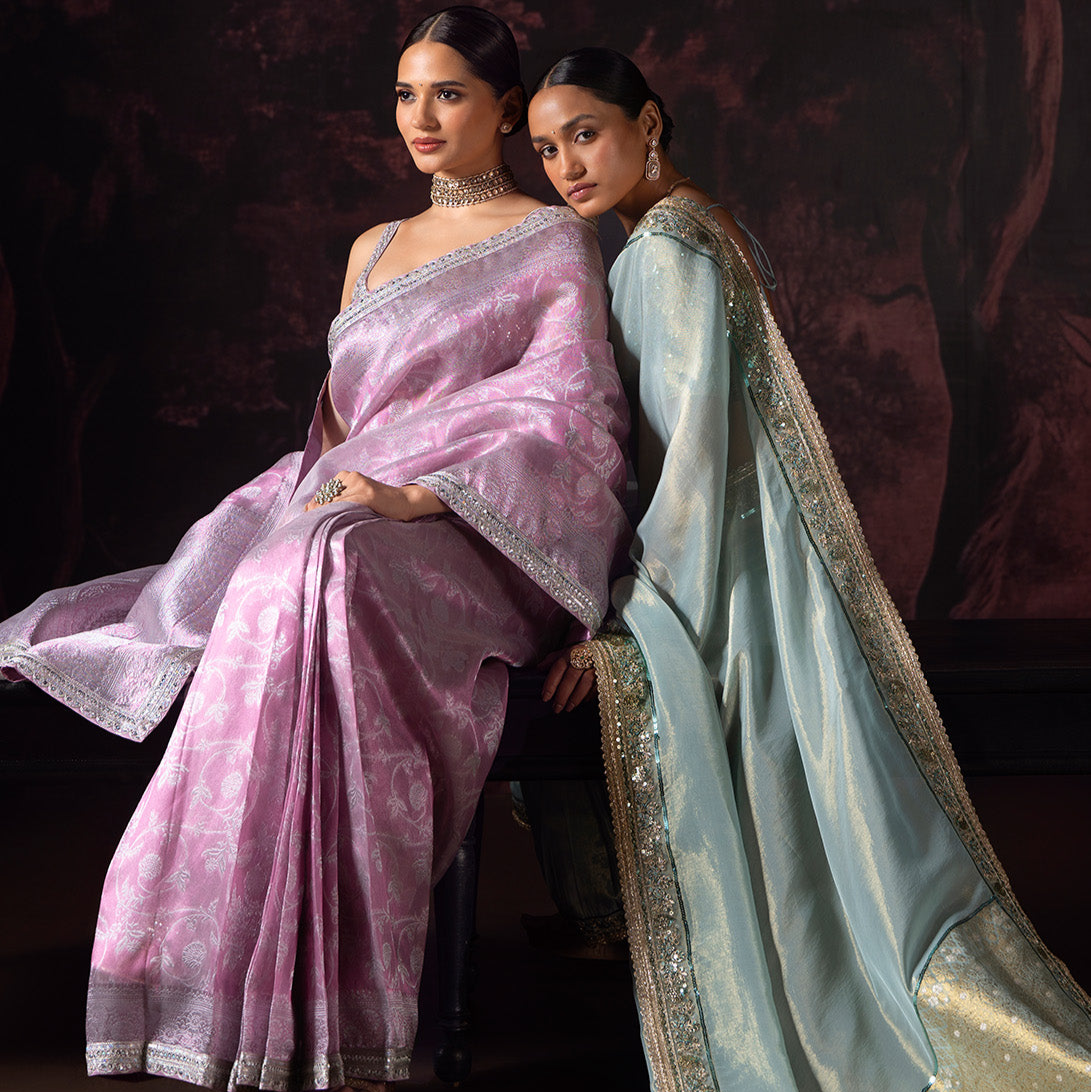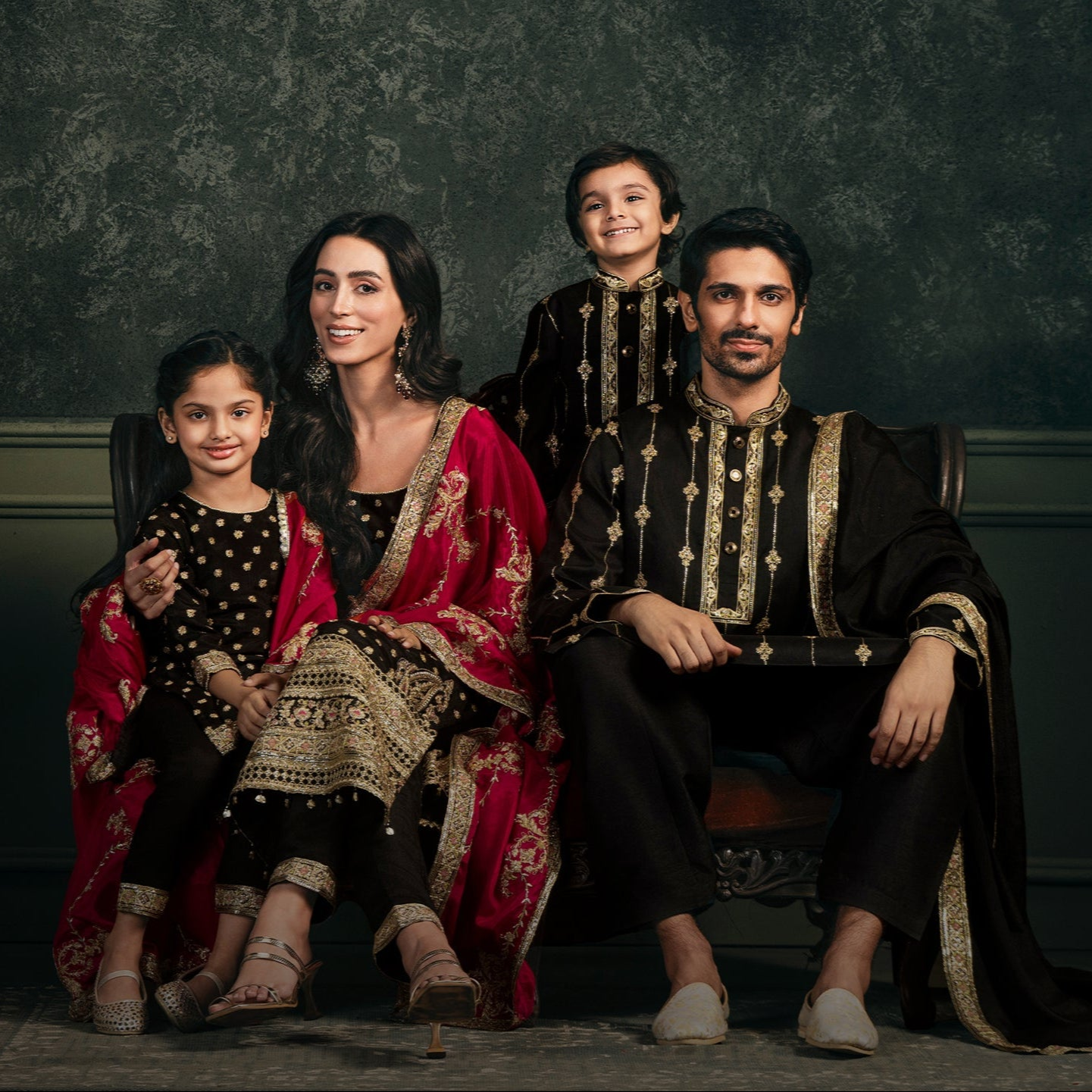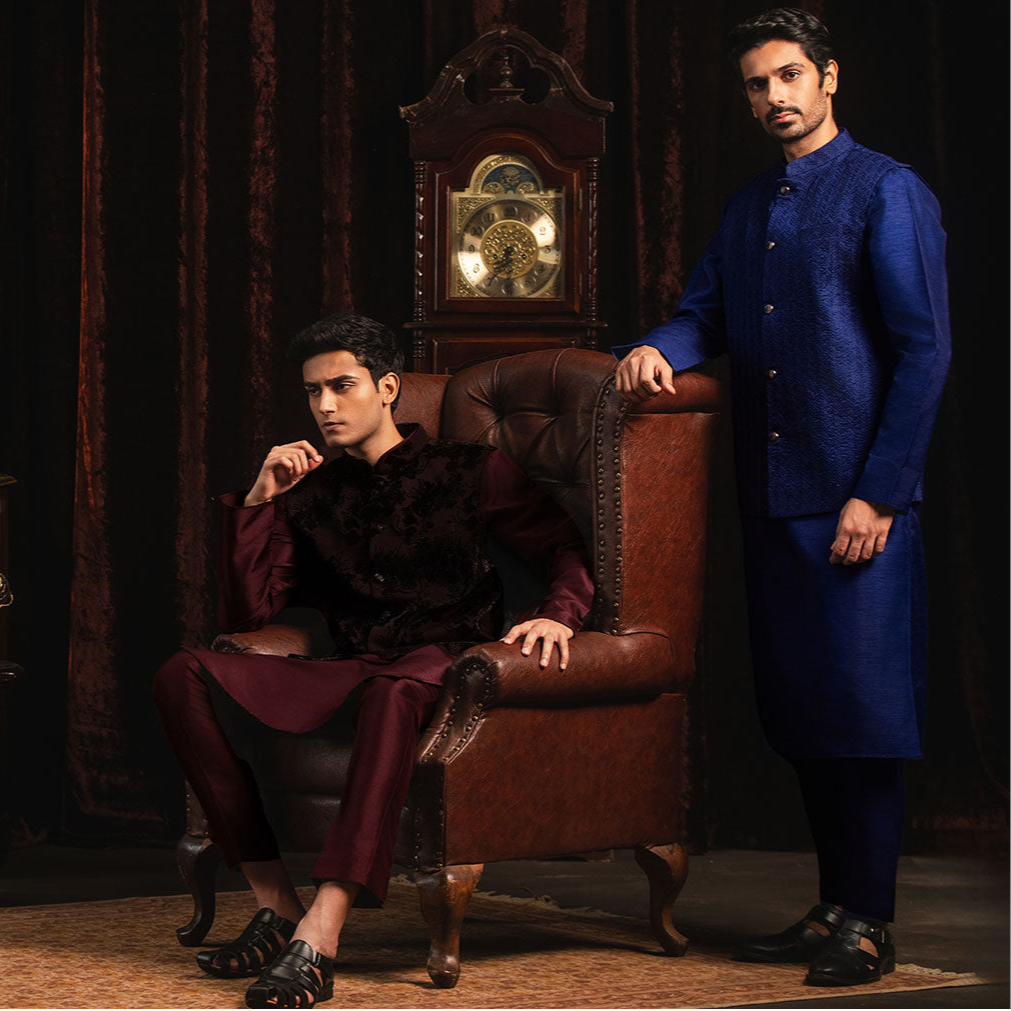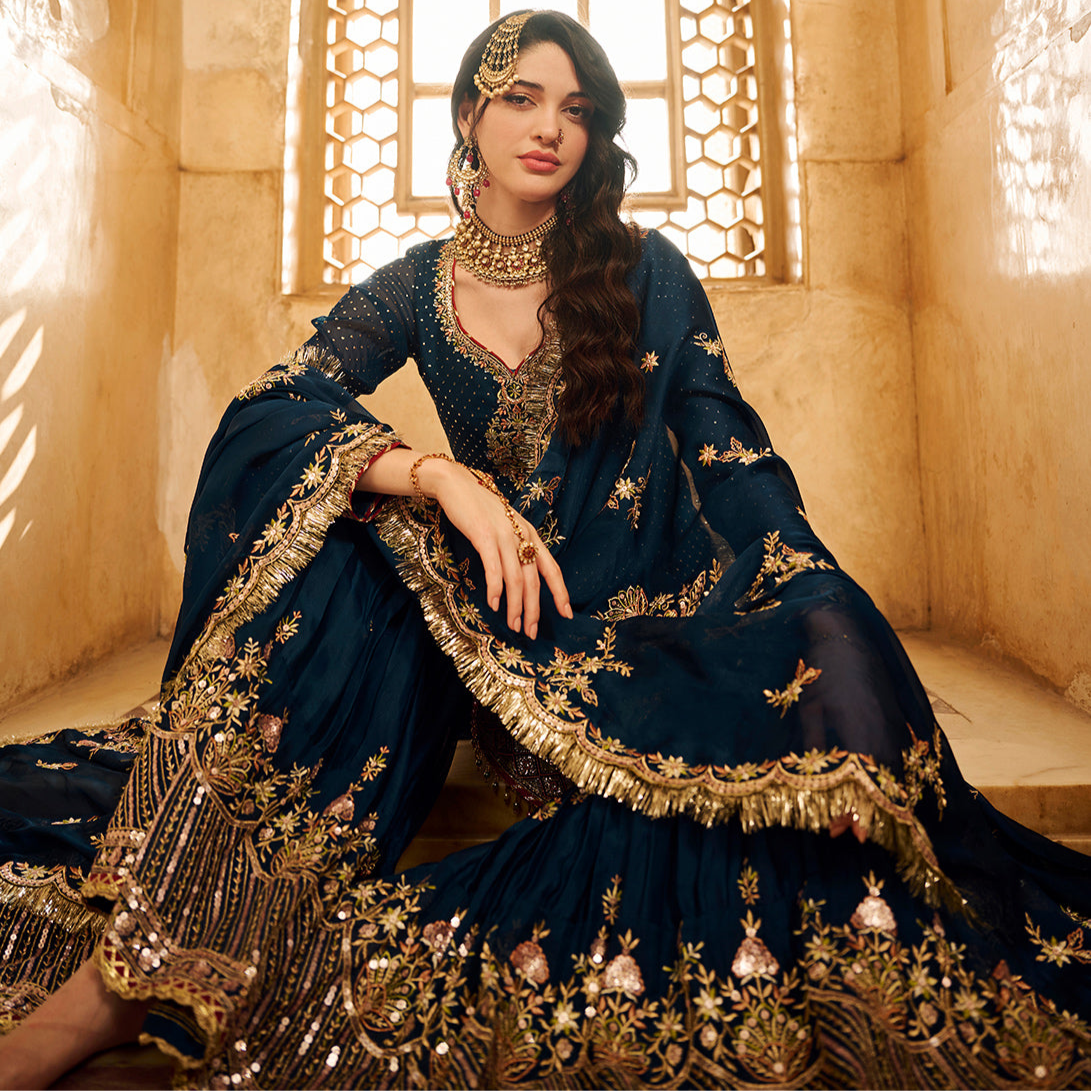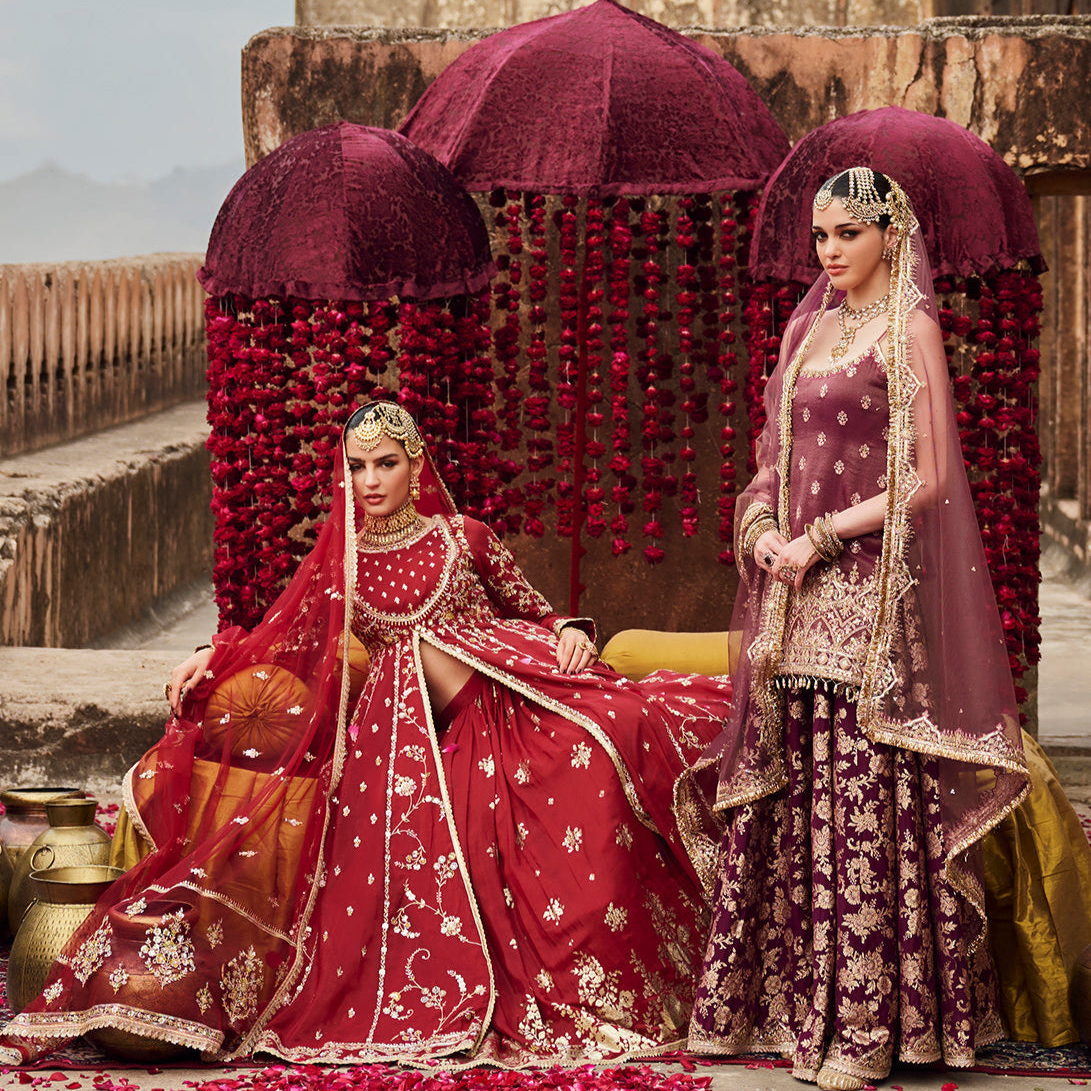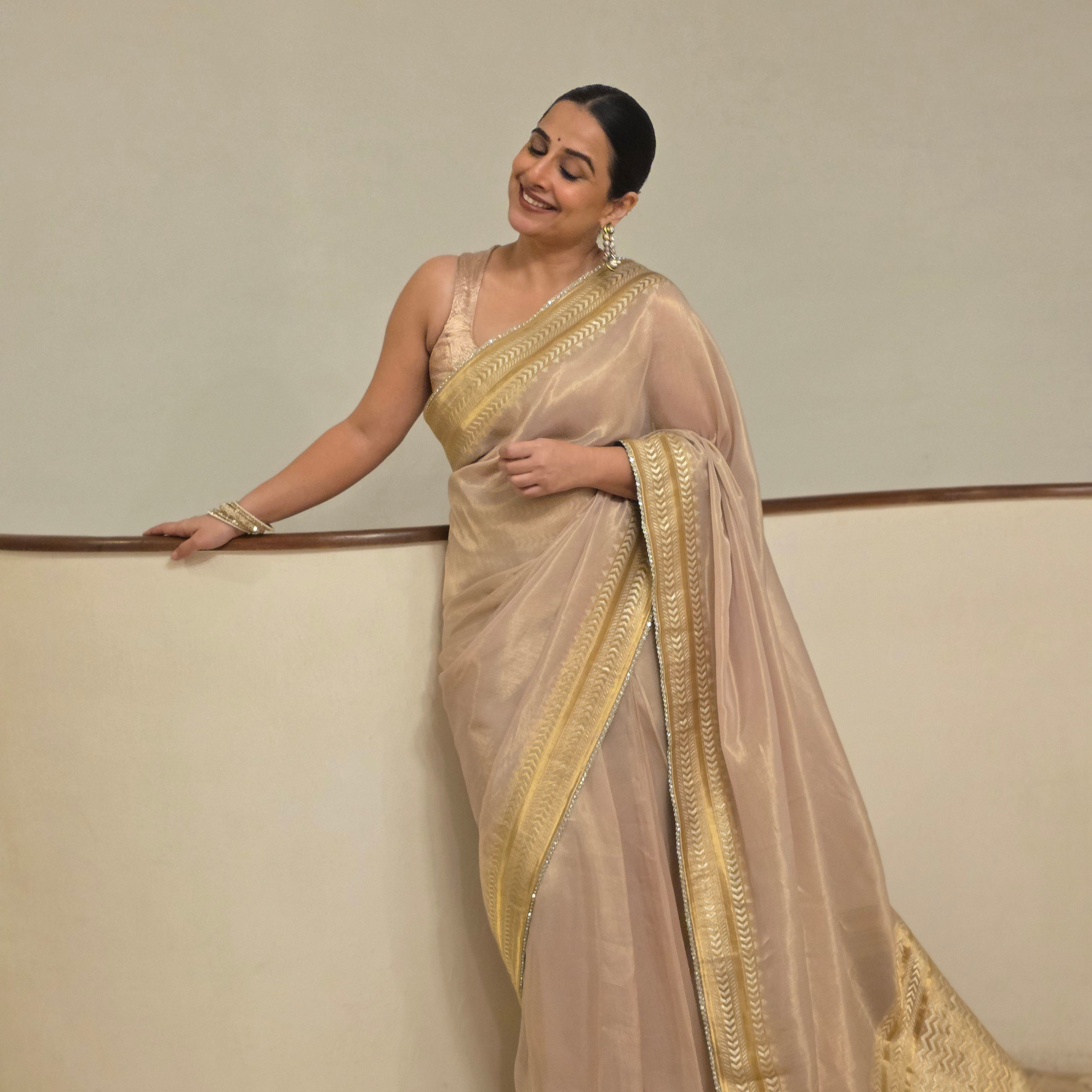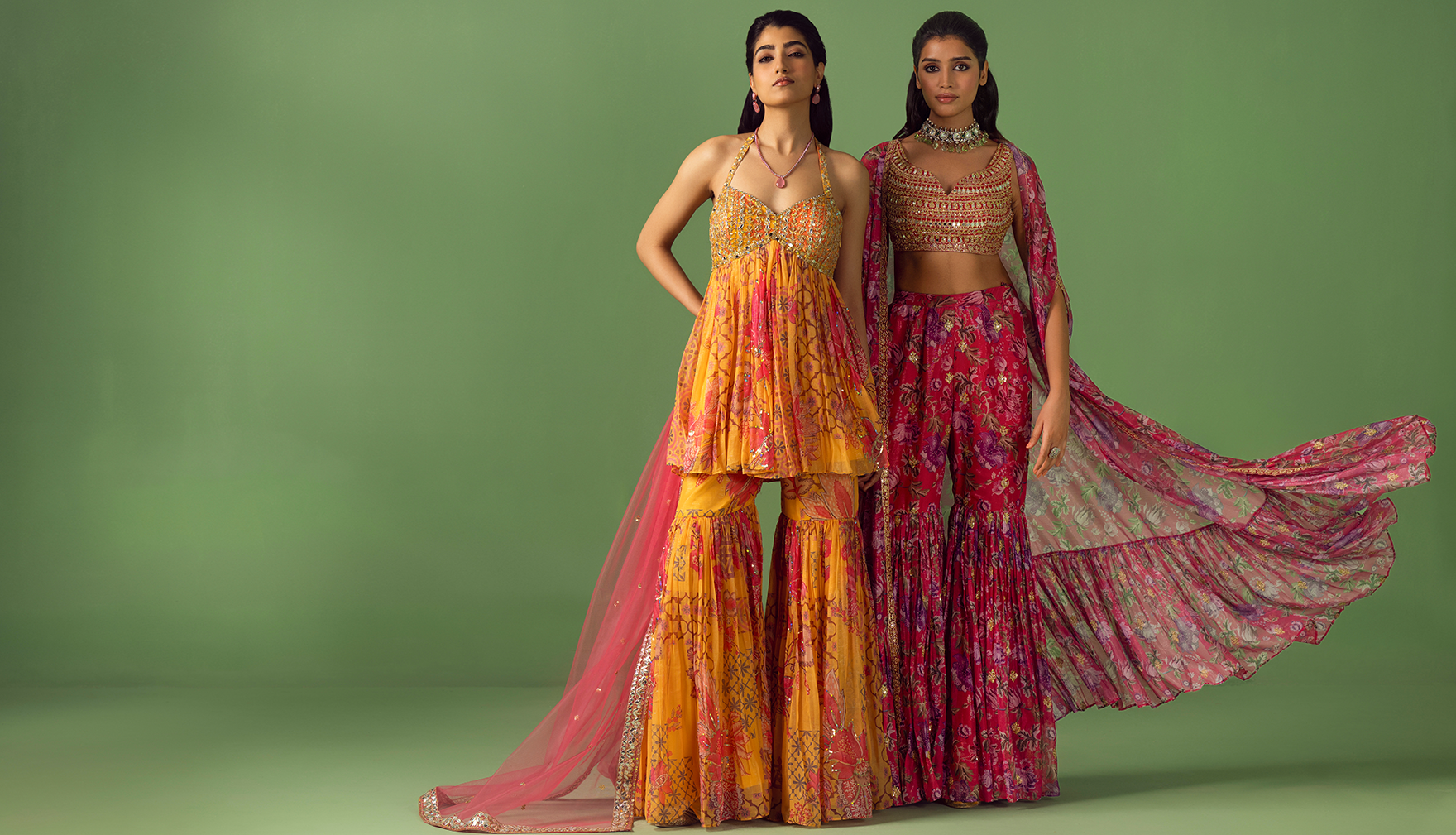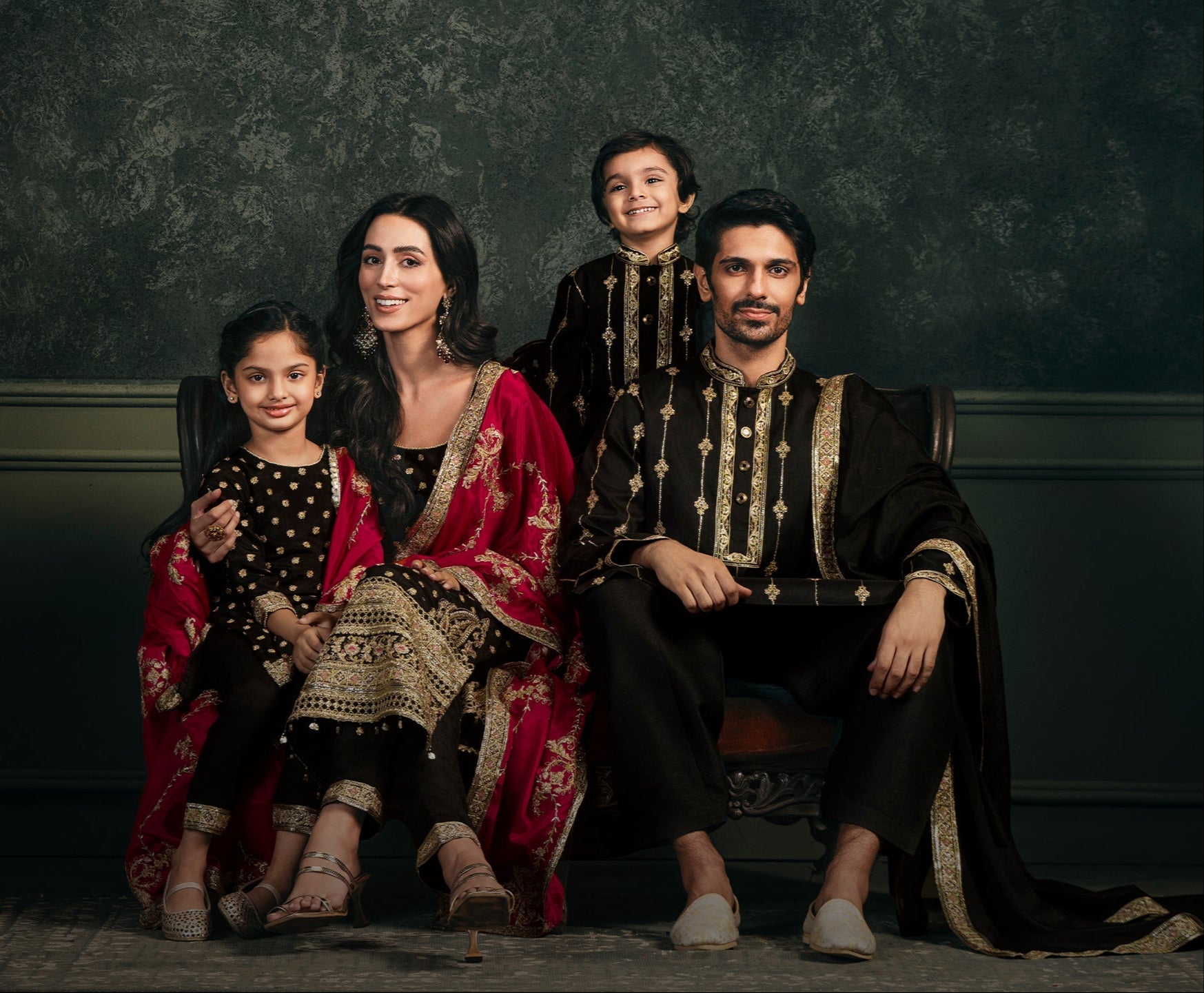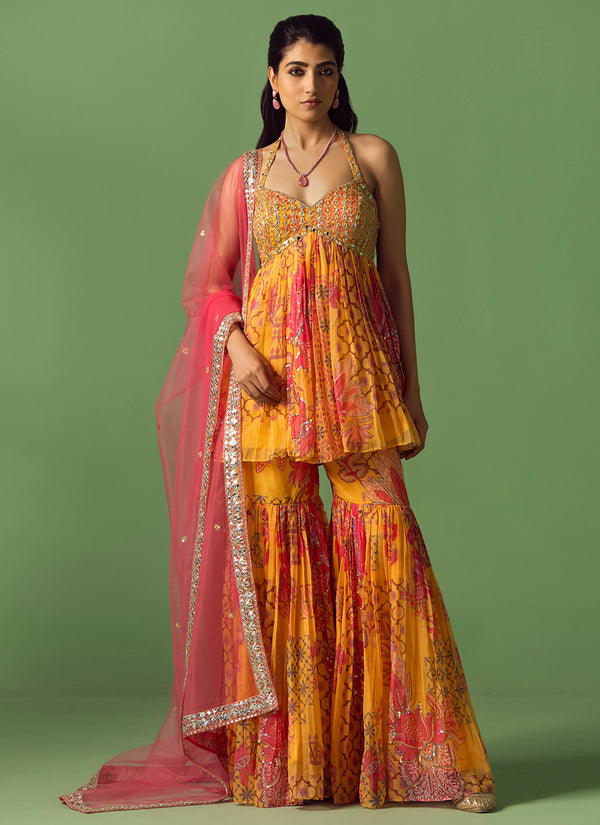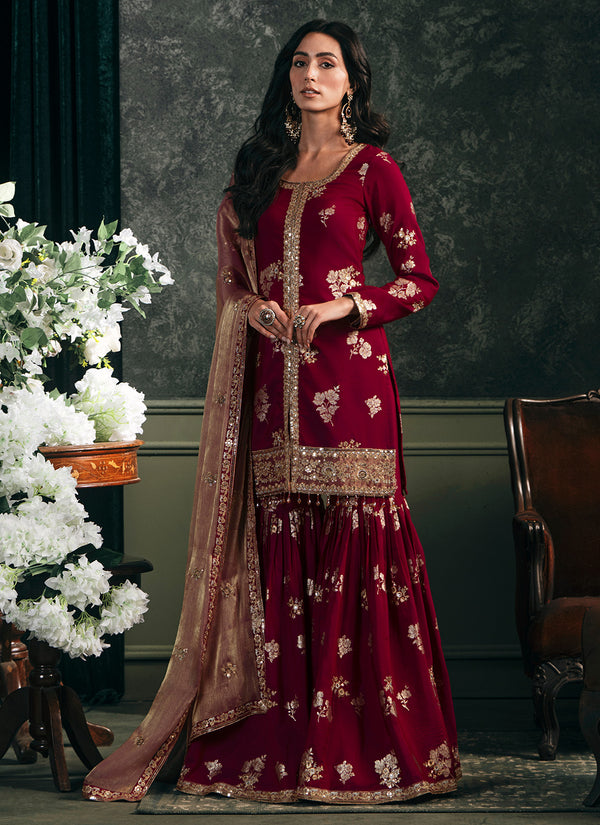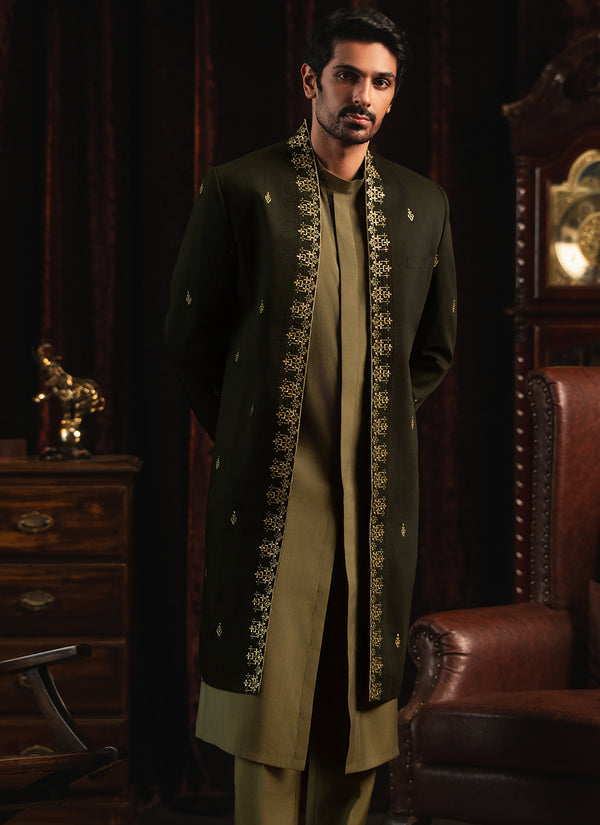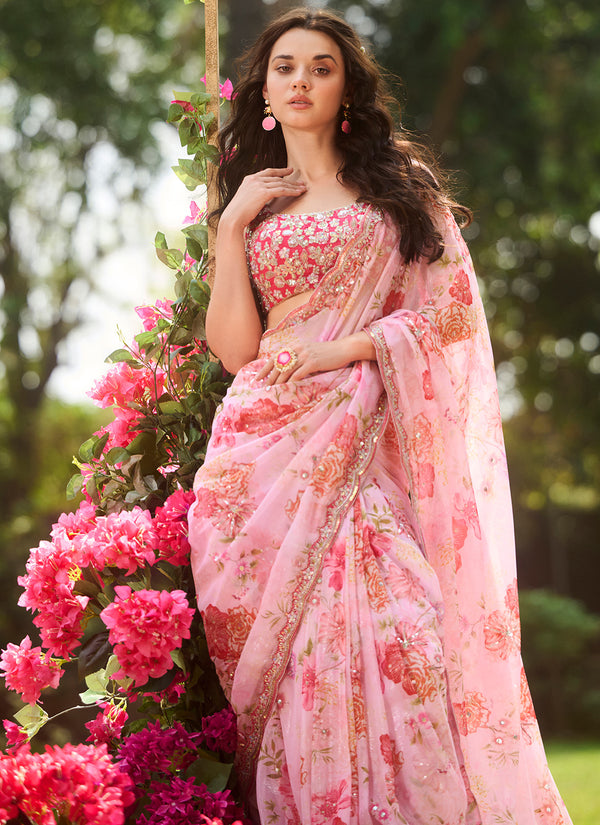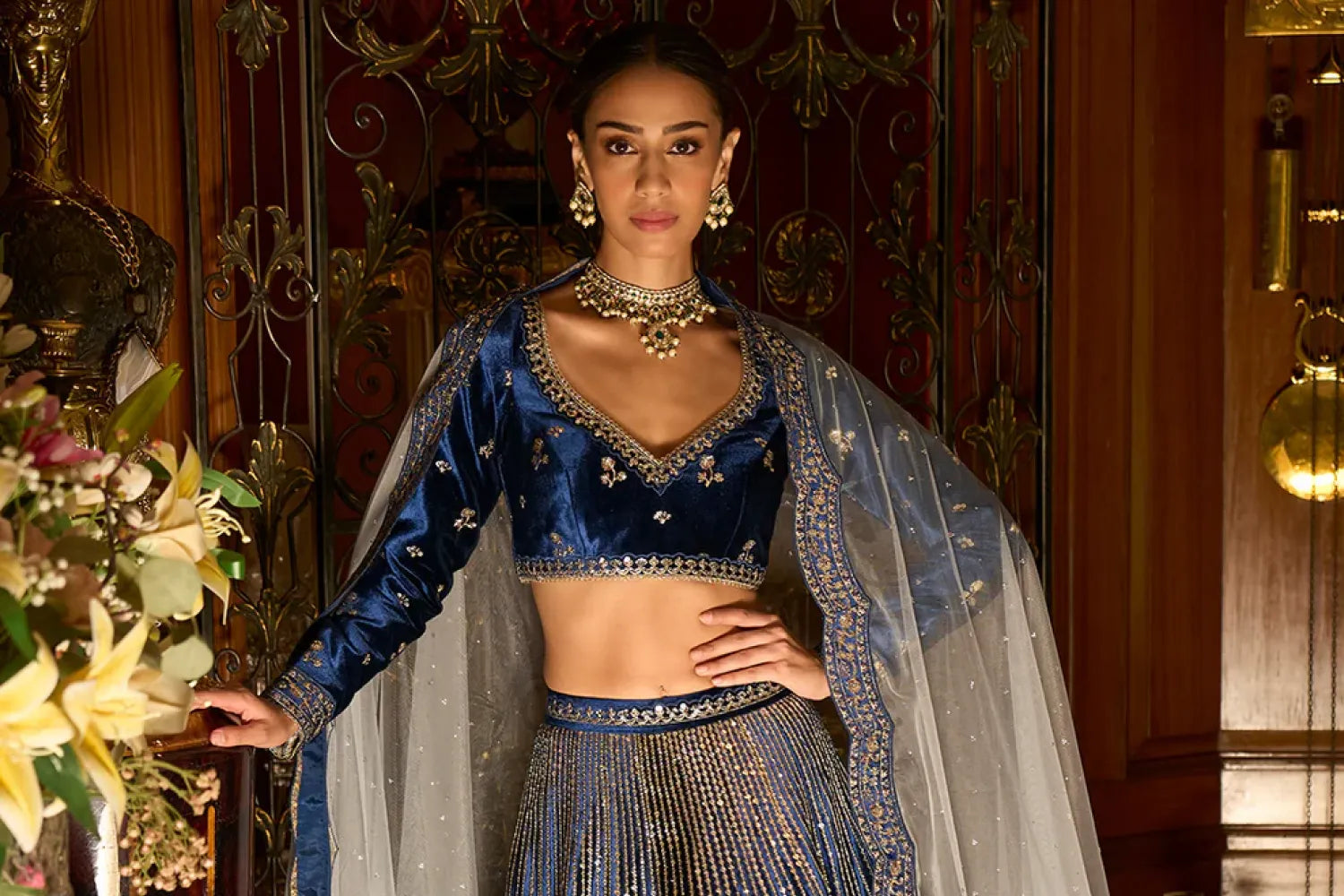
A Complete Expert Guide to Indian Festivals
India is renowned for its rich heritage and culture, globally, from yoga to its geographical diversity for travel destinations, color-rich fashion, and, unmissably, lots of festivals. Synonymous with color and culture, India’s culturally diverse landscape boasts a myriad of festivals throughout the year.
The vast geographical area is divided yet united by many religions, from the east to the west. Each corner of this country brims with vibrant colors, regional languages, each different from the other, and a local culture that is prevalent only in that particular area. Each culture and religion has its own festival and dress code.
Lashkaraa breaks it down fashionably as it dissects the significance of Indian festivals and, of course, what it means for the local and global Indian ethnic fashion.
Understanding the Significance of Festivals in India
India is known for its rich history of festivals, each celebrated with passion, cultural significance, and religious devotion. These festivals not only mark the passage of seasons but also have deep spiritual, mythological, and social meanings. From national festivals that are celebrated with much excitement in the nation – think flag hoisting ceremonies, patriotic movies, and weekend getaways with families, to religious festivals such as Holi (festival of colors) and Diwali (festival of lights).
Bringing in a lightness in the air and a sense of celebration among the masses, Indian festivals are all about hearty meals that one would feast on, vibrant decorations, and new festive Indian ethnic wear. But first, let’s take a brief look at some major festivals in India and their significance.
A Look at Indian Festivals Through The Year
These festivals reflect the diversity, traditions, and unity in India. The rituals and celebrations associated with each festival vary across regions and communities, adding to the cultural richness of the country.
| Month | Festivals |
|---|---|
| January | Makar Sankranti, Lohri, Pongal |
| March | Holi |
| April | Ramadan, Baisakhi, Eid |
| June | Bakrid, Eid-al-Adha |
| July | Islamic New Year, Muharram |
| August | Raksha Bandhan, Krishna Janmashtami |
| September | Ganesh Chaturthi, Onam |
| October | Durga Ashtami, Dussehra, Karva Chauth |
| November | Diwali |
Makar Sankranti / Pongal
Kicking off the year with a spirit of gratitude, Makar Sankranti and Pongal are harvest festivals celebrated across India. Makar Sankranti, observed predominantly in North and Central India, marks the sun’s transition into Capricorn and the end of the winter solstice.
People take holy dips in rivers, fly colorful kites, and enjoy sweets made of jaggery and sesame. In South India, Pongal is a four-day festival where homes are decorated with kolams (rangoli), and families prepare the signature Pongal dish from the newly harvested rice to offer thanks to the Sun God.
Lohri
Lohri is a vibrant Punjabi festival that celebrates the harvest of sugarcane and the end of the winter solstice. Marked by bonfires, traditional dances like Bhangra and Gidda, and the sharing of festive foods such as rewri, gajak, and popcorn, Lohri is especially significant for new brides and newborns in the family.
Holi
Known as the Festival of Colors, Holi is one of India’s most exuberant celebrations. It symbolizes the arrival of spring and the victory of good over evil, commemorating the legend of Prahlad and Holika. People play with colored powders and water, dance to music, and indulge in sweets like gujiya and drinks like thandai, creating a joyful, playful atmosphere across the country.
Ramadan
Ramadan is the holy month of fasting observed by Muslims across India. From dawn to dusk, followers abstain from food, drink, and other indulgences as a form of spiritual discipline and devotion. The nights are spent in prayer and community gatherings. This period also emphasizes charity and compassion towards the less fortunate.
Baisakhi
Celebrated primarily in Punjab, Baisakhi is both a harvest festival and a religious celebration marking the formation of the Khalsa in Sikhism. Gurdwaras hold special services, and people gather for processions, dance performances, and traditional feasts. It is also observed as the Sikh New Year.
Eid-al-Fitr
Eid-al-Fitr marks the end of Ramadan and is a day of joy, prayer, and community. Muslims begin the day with a special prayer at the mosque, followed by feasts with family and friends. Traditional dishes like biryani, seviyan, and kebabs are prepared, and zakat (charity) is given to those in need, making it a festival of generosity and gratitude.
Eid-al-Adha / Bakrid
Also known as Bakrid, this important Islamic festival commemorates the willingness of Prophet Ibrahim (Abraham) to sacrifice his son in obedience to God. In remembrance, families sacrifice goats or sheep and share the meat among relatives, neighbors, and the underprivileged. It is a day of prayer, reflection, and community bonding.
Raksha Bandhan
Raksha Bandhan celebrates the sacred bond between siblings. Sisters tie a rakhi (protective thread) on their brothers' wrists, symbolizing love, protection, and mutual responsibility. Brothers, in return, give gifts and vow to protect their sisters.
While traditionally between biological siblings, the festival has come to symbolize any cherished sibling-like relationship. The Red and Green Floral Printed Pant Style Anarkali strikes the right balance between festive and elegant.
Janmashtami
Janmashtami marks the birth of Lord Krishna, an avatar of Vishnu known for his playful and divine exploits. Devotees observe fasting, sing bhajans, and enact scenes from Krishna’s childhood.
In Maharashtra, the Dahi Handi event involves teams forming human pyramids to break a pot of curd, recreating Krishna’s butter-stealing adventures from the Hindu epic Mahabharata. Twirl effortlessly in theTeal Green Embroidered Lehenga, combining regal embroidery with festive energy for dance-ready styling.
Ganesh Chaturthi
Ganesh Chaturthi honors the birth of Lord Ganesha, the remover of obstacles. The festival begins with the installation of beautifully crafted Ganesha idols in homes and public pandals. Over 10 days, prayers, cultural performances, and community feasts are held.
The celebration concludes with a grand procession and immersion of the idols in water, signifying a spiritual send-off. The Hot Pink Embroidered Anarkali is vibrant enough for dancing through the night.
Onam
Onam is Kerala’s most important festival, celebrating the homecoming of the mythical King Mahabali. It is a 10-day harvest festival marked by elaborate flower arrangements (pookalam), traditional boat races, dance performances like Kathakali, and the iconic Onam Sadya — a multi-course vegetarian feast served on banana leaves.
Navratri & Durga Puja
Navratri is a nine-night festival dedicated to Goddess Durga and her various avatars, celebrating her victory over the buffalo demon Mahishasura. Each day is associated with a specific color and form of the goddess.
In Gujarat, the festival is marked by nightly garba and dandiya dances, while in West Bengal, Durga Puja takes center stage with artistic pandals, idol processions, and community gatherings. The Bottle Green Embroidered Punjabi Suit is a lush, classic pick for daytime celebrations.
Dussehra / Vijayadashami
Dussehra, also known as Vijayadashami, signifies the triumph of good over evil. In North India, it commemorates Lord Rama’s victory over Ravana, often enacted in dramatic Ramlila performances, culminating in the burning of Ravana’s effigies. In the South, it marks the day Goddess Durga defeated Mahishasura.
Karva Chauth
Karva Chauth is a festival where married Hindu women fast from sunrise to moonrise for the well-being and longevity of their husbands. The fast is broken after sighting the moon through a sieve, followed by rituals and a meal. It's a day of devotion, beauty rituals, and deep cultural symbolism.
Diwali / Deepavali
Diwali, the Festival of Lights, is the most celebrated Indian festival across religions. It marks the return of Lord Rama to Ayodhya and the victory of light over darkness. Homes are lit with diyas, candles, and fairy lights. People clean and decorate their houses, wear new clothes, burst firecrackers, and exchange sweets and gifts.
For businesses, it also marks the beginning of a new financial year. You can go for our Rust Embroidered Velvet Lehenga for a rich, glowing festive look.
Christmas
Celebrated across India, especially in regions with Christian populations like Goa, Kerala, and the Northeast, Christmas marks the birth of Jesus Christ. Churches hold midnight masses, homes are adorned with Christmas trees and stars, and families come together to share cakes, carols, and cheer.
Exploring India’s Vibrant Holidays

Vibrant, color-rich holidays and festivals in India demand equally exuberant clothes. In the land where each month there’s a celebration around the corner, one needs a variety of Indian ethnic wear to prepare for each holiday.
When it comes to Indian festive styling, the only rule is to be unafraid of experimenting with colors. Lashkaraa’s wide selection of ethnic ensembles, like Dusty Peach Embroidered Silk Sharara Suit and Dusty Blue Embroidered Net Saree, will take you through all the festivals and weddings that you’re attending this season.
Infusing Color and Culture: The Unique Traditions of Indian Festivals
Religion and spirituality are at the heart of daily life in India. Multiple faiths make up its cultural fabric, including Hinduism, Jainism, Islam, Christianity, and Sikhism. From India’s most colorful festival, Holi, to Bihu, each celebration reveres different deities, so it’s little wonder that India has a buzzing festival for nearly every month of the year, with unique legends, rituals, and culinary traditions.
While Holi is associated with the devotional love of Lord Krishna and Radha, where the streets come alive with people applying gulal (colored powders) and drenching each other with water balloons and pichkaris (water guns), the Hindu festival of Mahashivratri celebrates Lord Shiva’s wedding to Parvati and is observed on the new moon night of Phalgun. Devotees fast through the day before visiting Shiva temples just before midnight. The Shivalinga (idol) is bathed with milk, yogurt, and honey, and the night rings out with bhajans (devotional songs).
Among other unique traditions that span different festivals in India, Rongali Bihu, celebrated in Assam, is another important festival that celebrates the beginning of the harvest season and marks the Assamese New Year. Held over seven days, it is a festival of happiness and involves plenty of merrymaking where people dress up in their best traditional attire and get together for Bihu naach (traditional dancing) to folk songs. Families and friends meet over festive meals of masor tenga (sour fish curry), assorted pitha (sweets made from rice flour), and apong (traditional rice beer).
Being in India means a host of celebrations and festivals at every corner and every month of the year. Embrace the festivities to the fullest as you delve deeper into them. From Holi to Diwali and every celebration in between, discover ethnic wear that matches the joy and vibrancy of every Indian festival. Whether you're dancing in the streets or hosting a puja at home, Lashkaraa’s stunning range of lehengas, suits, and sarees ensures you’re always dressed for the moment. Explore the collection now and find your festive fit.

